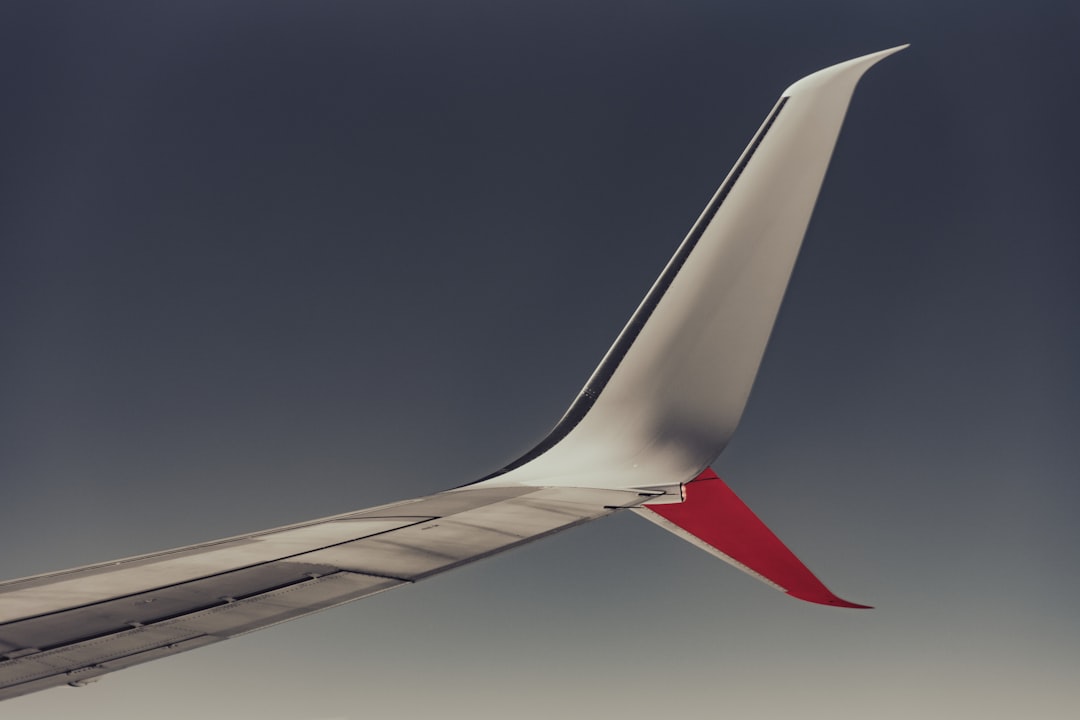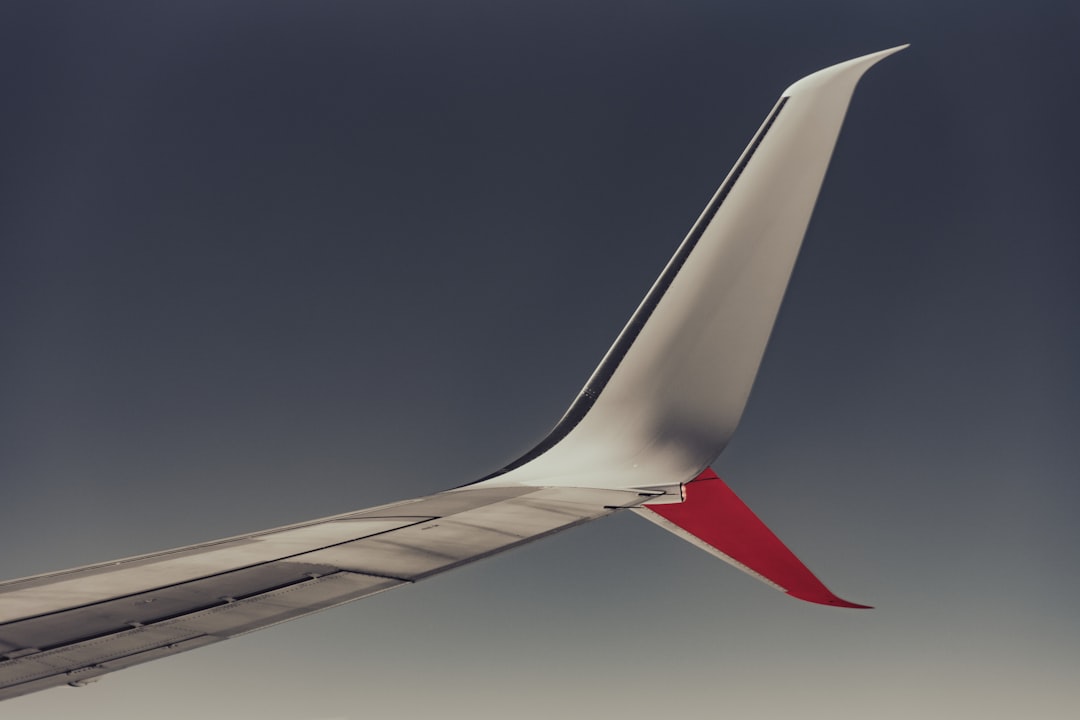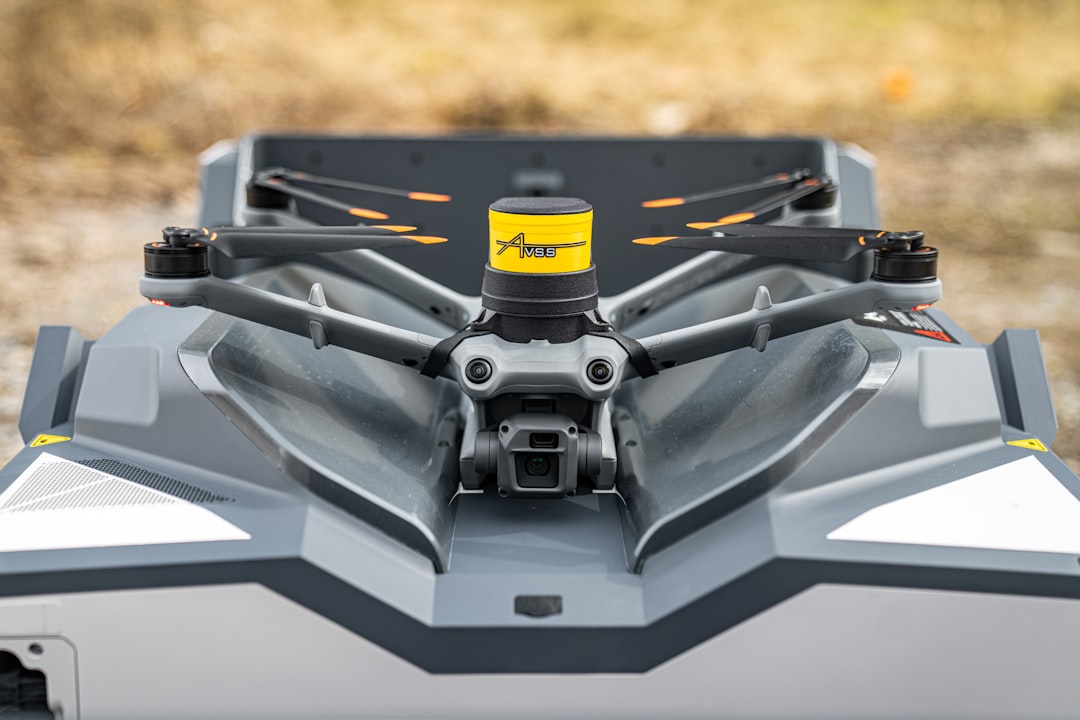The Vortex 250 racing drone, developed by ImmersionRC, has become an icon in the world of FPV (First-Person View) drone racing. Known for its speed, durability, and cutting-edge features, this compact racing quad is favored by both beginners and professional pilots. Touted as one of the most refined plug-and-fly drones in its class, the Vortex 250 offers a seamless experience right out of the box, with minimal setup required.
Contents of Post
Design and Build Quality
One of the most striking aspects of the Vortex 250 is its rugged and lightweight construction. Built with a carbon fiber frame and plastic side panels, this drone strikes a perfect balance between strength and maneuverability. The airframe incorporates a monocoque design that contributes to minimal aerodynamic drag and superior agility.
Weighing approximately 400 grams without the battery, the Vortex 250 is compact enough to zip through tight race tracks while still withstanding minor crashes. ImmersionRC has strategically designed this quad to absorb impact forces and protect critical components such as the flight controller, FPV camera, video transmitter, and ESCs (Electronic Speed Controllers).

Electronics and Power System
The performance of the Vortex 250 is largely defined by its electronics. The drone is equipped with powerful custom 32-bit ESCs that support OneShot125 protocol, enabling responsive and fluid throttle control. These speed controllers are integrated into the arms, not only conserving space but also improving efficiency.
Under the hood, the Vortex 250 houses a F3 flight controller that allows for advanced tuning and compatibility with the CleanFlight and Betaflight firmware. This makes it a flexible option for pilots looking to tweak their setup for maximum performance. The quad is powered by an array of 2204-2300KV motors paired with 5-inch propellers, delivering a good balance of thrust and efficiency.
FPV System and Camera Integration
ImmersionRC’s heritage in FPV technology is unmistakably evident in the Vortex 250. The drone features a built-in 40-channel video transmitter with race-tuned power outputs that include 25mW and 200mW options. These settings help manage signal strength based on the pilot’s need and regulatory requirements. The transmission is remarkably clear and stable, reducing latency and dropout at critical racing moments.
Another highlight is the drone’s adjustable CMOS camera, mounted on tilting brackets. Pilots can easily change the angle of the camera to suit different flight speeds and track layouts. This feature significantly enhances visibility during high-speed races, providing a more immersive FPV experience.
Flight Experience and Handling
Thanks to its responsive flight controller and high-torque motors, the Vortex 250 delivers exhilarating flight performance. Pilots often commend its quick acceleration, tight corner handling, and stable hovering. Whether zipping through LED gates or practicing freestyle maneuvers, this drone offers a confidence-inspiring experience.
It also includes built-in PIDs (Proportional, Integral, Derivative) profiles that can be easily changed via an On-Screen Display (OSD). This means that pilots can adapt the drone’s behavior based on personal preferences or specific track requirements without using ground software tools.

Software Compatibility and Tuning
The Vortex 250 supports CleanFlight and Betaflight, two of the most popular flight control firmware platforms. This allows experienced pilots to fine-tune settings such as rates, accelerometer calibration, filtering, and LED configurations. The inclusion of micro USB connectivity makes it easy to flash firmware updates and tweak configurations via a PC.
Additionally, the drone leverages ImmersionRC’s Fusion OSD system, giving live telemetry information such as battery voltage, RSSI (signal strength), flight time, and throttle output. The intuitive interface and ease of control through toggles on your transmitter make this drone suitable for a wide range of skill levels.
Battery and Flight Time
Being a high-performance racing drone, the Vortex 250 is power hungry — but not without reason. It runs on a 3S or 4S LiPo battery, depending on the level of power the pilot desires. With a 1500mAh 4S battery, pilots can expect a flight time ranging between 3 to 6 minutes, depending on throttle usage and flight style.
This relatively short flight time is a trade-off for the immense thrust and maneuverability. However, like most racing quads, the emphasis is on burst performance rather than endurance. Carrying additional batteries is highly recommended for prolonged flying sessions.
Customization and Expandability
The Vortex 250, although tightly integrated, still allows for several customization options. It sports a modular layout that lets advanced pilots upgrade the camera, swap out propellers, and even install custom LED lighting setups.
FPV racers who want to experiment with antenna upgrades, different video transmission modules, or newer flight controllers will find the Vortex 250 accommodating, although with some limitations due to its enclosed design. As a ready-to-fly system, it comes impressively kitted out, but it still leaves room for tinkering.
Use Cases: Racing and Beyond
While originally designed with competitive racing in mind, the Vortex 250 is a versatile platform. Its solid build and dynamic flyability also make it a great tool for recreational flying and even for practicing freestyle aerobatics. Many in the FPV community use it for track practice or as a backup quad for races, given its out-of-the-box reliability.
It also serves as a fitting entry-level drone for beginners looking to step up from toy quadcopters to serious FPV racing. With included support for most major radio receivers, pilots can use their favorite transmitters without worrying about compatibility issues.

Conclusion
The Vortex 250 racing drone remains a formidable player in the FPV drone racing arena. With its rugged construction, integrated video technology, and high-performance powertrain, it offers a premium flying experience that appeals to seasoned racers and newcomers alike. ImmersionRC has successfully balanced plug-and-play convenience with enough flexibility for customization, making it a drone that continues to dominate tracks around the globe.
Frequently Asked Questions (FAQ)
- Q: Is the Vortex 250 suitable for beginners?
A: Yes, while it’s a high-end racing drone, its plug-and-fly design and robust build make it accessible to beginners with some basic FPV knowledge. - Q: What kind of controller is compatible with the Vortex 250?
A: The drone is compatible with most major transmitters like FrSky, Spektrum, and Futaba. It has built-in receiver sockets or can be paired via PPM/SBUS. - Q: Does the drone include a battery and charger?
A: Typically, the Vortex 250 is sold without a battery or charger. These need to be purchased separately depending on preferred specs. - Q: Can I use 4S batteries with the Vortex 250?
A: Yes, the Vortex 250 supports both 3S and 4S LiPo batteries, with 4S offering more thrust and better racing performance. - Q: What is the average flight time?
A: On a full 1500mAh 4S battery, expect around 3 to 6 minutes of active flight depending on flying style and throttle usage. - Q: Is the camera replaceable?
A: Yes, the onboard camera is replaceable and can be upgraded depending on personal preferences and requirements.

